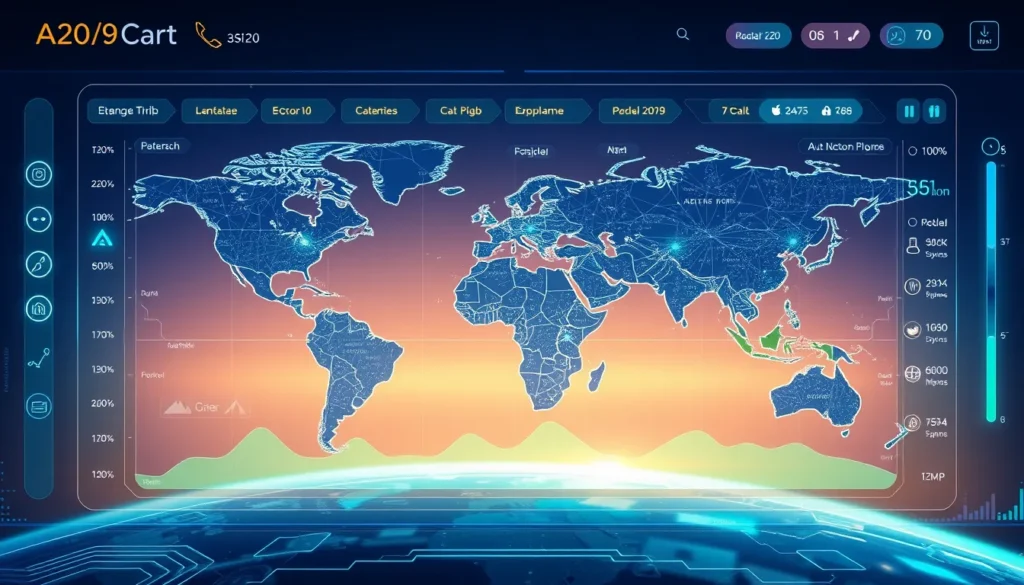Now Reading: Clear Explainable Artificial Intelligence: Boosting Trust
-
01
Clear Explainable Artificial Intelligence: Boosting Trust
Clear Explainable Artificial Intelligence: Boosting Trust

Clear Explainable Artificial Intelligence: Boosting Trust
In today’s rapidly evolving tech landscape, explainable artificial intelligence is emerging as a crucial innovation for building trust and transparency in modern systems. As we scrutinize the opaque nature of many AI models, it becomes evident that fostering clarity in AI decision-making processes is essential not only for developers but also for end users, policymakers, and businesses.
Understanding Explainable Artificial Intelligence
Explainable artificial intelligence (XAI) refers to techniques and methods that help make the decision-making processes of AI systems transparent and understandable. Traditional AI models, especially those built on deep neural networks, often operate as black boxes where the internal logic remains hidden. This lack of interpretability can lead to significant issues such as unintentional biases and unfair outcomes. By improving AI transparency, we aim to shed light on the inner workings and the reasoning behind automated decisions.
With an increasing reliance on AI across sectors, ensuring that systems are comprehensible is not only a technological challenge but also an ethical imperative. This commitment to transparency promotes accountability and boosts confidence in AI applications used in healthcare, finance, law enforcement, and beyond.
The Role of Interpretability of AI Systems
Interpretability of AI systems is a central pillar of explainable artificial intelligence. When AI systems are designed with interpretability in mind, they are better equipped to provide explanations for their actions. Developers and researchers are actively exploring new methodologies such as visualizations, decision trees, and rule-based frameworks to help demystify the decision-making processes of modern AI. This pursuit not only aids in troubleshooting and optimizing AI performance but also plays a key role in regulatory compliance where auditability is required.
Key benefits of improved interpretability include:
- Enhanced trust among users and stakeholders
- Easier debugging and refinement of AI models
- Improved fairness and reduced incidences of bias
- Compliance with emerging regulatory standards
Organizations can leverage these benefits to build robust, user-centric solutions and create hybrid AI models that balance performance with transparency. By combining state-of-the-art machine learning techniques with traditional symbolic reasoning, these hybrid models offer a clear view into AI operations while maintaining high effectiveness.
Challenges of Black Box AI
One of the significant challenges in the domain of AI is overcoming the issues posed by black box AI. Black box models, while often powerful, do not divulge the steps they take to reach conclusions, leaving users in the dark about potential errors or biases inherent in their operations. This opacity is particularly problematic in scenarios where decisions have far-reaching consequences, such as in medical diagnostics or financial forecasting.
The challenges of black box AI include:
- Lack of transparency in decision-making
- Difficulty in auditing and regulatory oversight
- Potential for encoded biases that can lead to unfair outcomes
- Limited ability for users to understand or contest decisions
Addressing these challenges requires a sustained research effort into making AI decisions more transparent. Recent studies emphasize the need for robust frameworks that can continuously monitor AI behavior, flag inconsistencies, and provide clear feedback on decision pathways.
Hybrid Models and the Future of AI Transparency
As the dialogue around AI accountability grows louder, innovative approaches are gaining traction. Hybrid models for explainable AI are at the forefront of these efforts. These models meld the high performance of deep neural networks with methodologies that bring clarity to AI processes. By integrating human-centric interpretations into algorithmic decision-making, hybrid models promise not only improved accuracy but also higher levels of trust and accountability.
This balanced approach highlights the importance of ethical responsibilities in AI development. Regulatory bodies and industry leaders are increasingly advocating for systems that are auditable, actionable, and transparent. In doing so, they ensure that technological progress does not come at the expense of societal well-being.
Conclusion
In conclusion, explainable artificial intelligence is more than just a buzzword—it represents a vital shift towards creating AI systems that are transparent, accountable, and fair. By addressing the challenges of black box AI and enhancing the interpretability of AI systems, developers and policymakers can foster an environment where technology serves humanity responsibly. For more insights, consider reading analyses from reputable sources such as Wired to understand the continuously evolving landscape of AI transparency.
By embracing the principles of explainable artificial intelligence, the tech community can build a future where AI not only performs optimally but also upholds ethical standards. Through collaborative efforts and rigorous research, we can ensure that AI remains a trusted partner in innovation and development.
This comprehensive approach is pivotal for sustaining long-term advancements in technology while safeguarding human interests. With ongoing improvements and increased accountability, explainable artificial intelligence is set to revolutionize the way we interact with and benefit from modern AI systems, paving the way for a more transparent and equitable technological future.

























